Seaside Gardens - Catch The Wave With Seaside Gardening
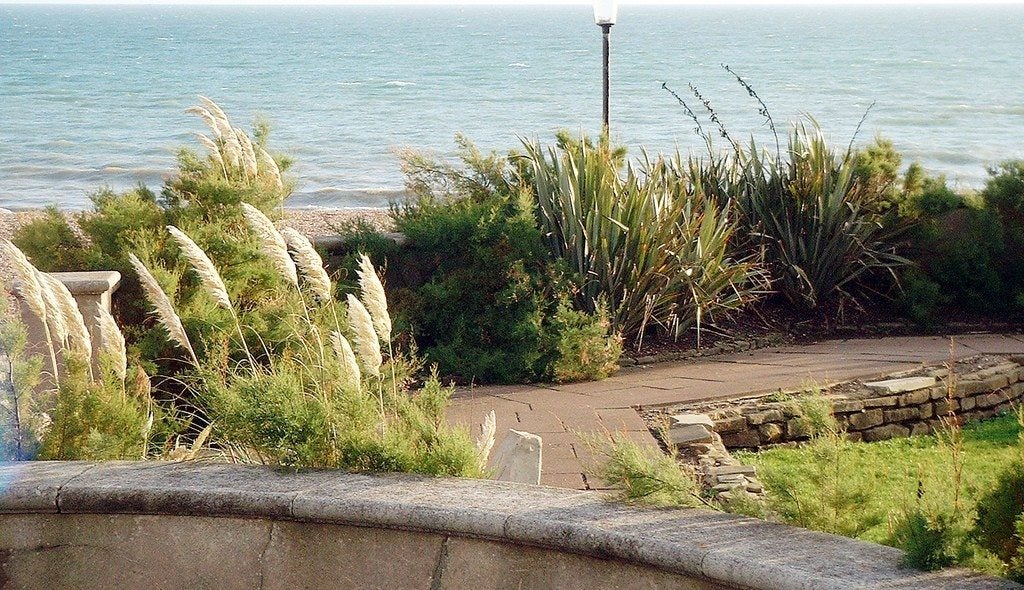

The natural conditions along the coast can create a hostile environment for garden plants. From harsh winds and salt sprays of seawater to dry, sandy soil and heat, all of these factors can wreak havoc on landscape plantings and how well they grow. Seaside gardening also presents challenges for the gardener, even the most skilled. Despite these difficulties, however, there are still ways to effectively create a more favorable environment for seaside gardening.
Solutions to the Challenges of Seaside Gardens
Continuous wind and both the salt and sand it carries can easily damage nearby plants, especially if they are left exposed to these elements. The best way to protect the seaside garden is by creating windbreaks. Windbreaks can be constructed with suitable fencing or retaining walls as well as with native seaside plantings. Native plants, and those sharing similar traits, offer natural protection against the forces of wind and the harmful salt in which it carries. Some of these characteristics include the tough leaves and hairy foliage that prevents salt from penetrating the plant. The fuzzy leaves of lamb's ear are a good example. Plants without this natural defense should not be placed in the seaside garden without suitable shielding. When implementing a windbreak, design the planting scheme in a way that also allows you to take advantage of the lovely coastal views. Other than wind and salt, sandy soil and heat can also be troubling for plants. All plants require good soil and drainage, and those grown near the ocean are no different. Sand alone does not supply enough nutrients for adequate plant growth. Although sandy soil offers good drainage, without sufficient compost mixed in, it does not retain enough moisture to satisfy the needs of most plants. Since both the heat of the sun and dry conditions can pose a threat to plantings in the seaside garden, the use of heat and drought-tolerant plants is crucial to ensure their survival. Sedums are good choices for use in the seaside garden as they are naturally adapted to dry, hot conditions and are unaffected by winds due to their low growth. Their leaves are also waxy, making it difficult for salt to penetrate them.
Choosing Seaside Garden Plants
You should become familiar with the plants that grow naturally in your particular coastal area as well as those that mimic the same growing conditions if living elsewhere. There are a variety of plants that do well in seaside gardens. Other than looking for plants with resilient foliage, such as yucca, you can also choose from a variety of ornamental grasses. For instance, pampas grass is oftentimes a commonly seen element of the seaside garden, thriving under many growing conditions. For color in the seaside garden, include hardy plants like cosmos and ice plant. Evergreens, such as juniper, work well in seaside gardens. Use them as backdrops and windbreaks for other plantings. With proper planning and plant selection, seaside gardens can thrive. Although a little more effort may be involved, in the end, that extra effort will pay off with a beautiful seaside garden that others will envy.
Planning a Seaside Garden Away from the Ocean
Even if you don't live along the coast, you can still enjoy a seaside garden. If you cannot go to the beach, bring it to you instead by imitating its ambiance. Sometimes just the mere suggestion of a beach is all you need for mimicking a seaside garden. For instance, carefully placed seashells, driftwood, beach rocks, and a few beach grasses can go a long way. Incorporate seaside plantings typically found in coastal climates like:
- Lamb's ear
- Creeping juniper
- Sedum
- Oleander
- Artemisia
- Agave
- Thyme
- Marigold
- Salvia
- Hardy ice plant
- Cosmos
- Blanket flower
- Ornamental grasses (like maiden grass or pampas grass)
Plant them haphazardly in keeping with a traditional looking seaside. If you want to get even more creative, add some fun beach-like ornaments throughout the seaside garden such as boat propellers, anchors, fishing poles, or lighthouses. Got an old fishing boat lying around? Give it new life in the seaside garden as a unique planter for your flowers. Implement decorative seaside edging by creating pilings and linking them together with salvaged pieces of the rope. Scatter sand and pea gravels throughout the seaside garden as mulch. You could also use an assortment of seashells, oyster shells, or polished glass. The myriad of possibilities could go on and on. Bonafide seaside gardeners must deal with wind, salt spray, and sandy soil; however, those not living near the coast don't have to, making it much easier to create a lovely seaside garden. On the other hand, they won't have the lulling view of the ocean to wake up to each day. Nonetheless, we must all make the best out of a given situation. So, whether living along the coast or just dreaming of the beach, with careful planning and creativity, seaside gardening can be rewarding anywhere.
Gardening tips, videos, info and more delivered right to your inbox!
Sign up for the Gardening Know How newsletter today and receive a free copy of our e-book "How to Grow Delicious Tomatoes".

Nikki Tilley has been gardening for nearly three decades. The former Senior Editor and Archivist of Gardening Know How, Nikki has also authored six gardening books.
-
 Get Ready For A Summer Of Hummers! Grow These Full Sun Hummingbird Plants and Flowers
Get Ready For A Summer Of Hummers! Grow These Full Sun Hummingbird Plants and FlowersIf you’re lucky enough to enjoy a sunny backyard, make sure you are maxing out on your pollinator opportunities and grow these full sun hummingbird plants and flowers
By Tonya Barnett
-
 12 Lush Alternatives To A Lawn For Sustainable Spaces
12 Lush Alternatives To A Lawn For Sustainable SpacesAlternatives to a lawn are beautiful and also beneficial to your local ecosystem and its pollinators. Explore our top picks for plants to replace grass.
By Tonya Barnett
-
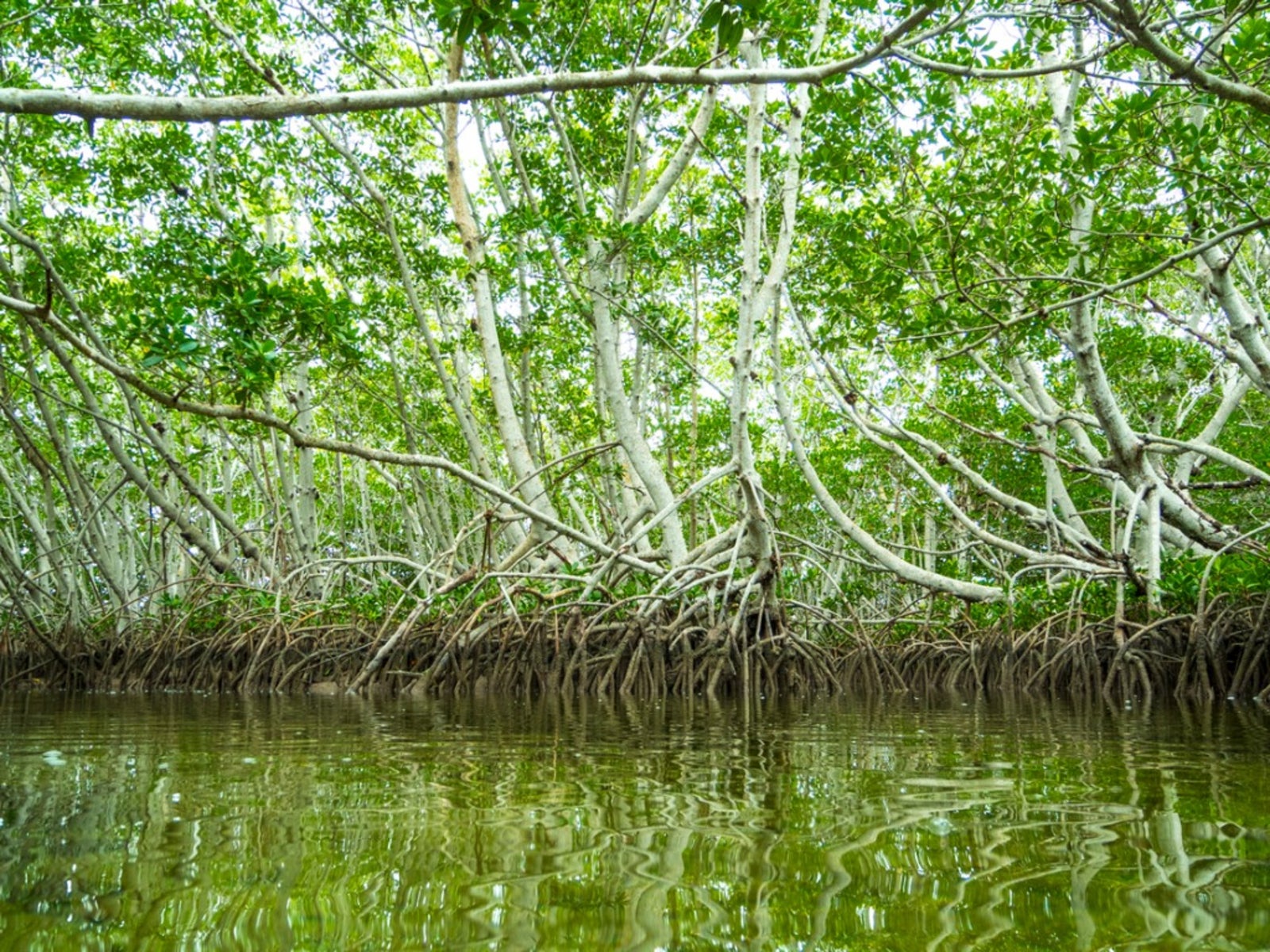 What Is A Maritime Forest – Trees And Shrubs For Maritime Environments
What Is A Maritime Forest – Trees And Shrubs For Maritime EnvironmentsWhat are the most common trees and shrubs for maritime forests? Read on for info on maritime forest plants.
By Teo Spengler
-
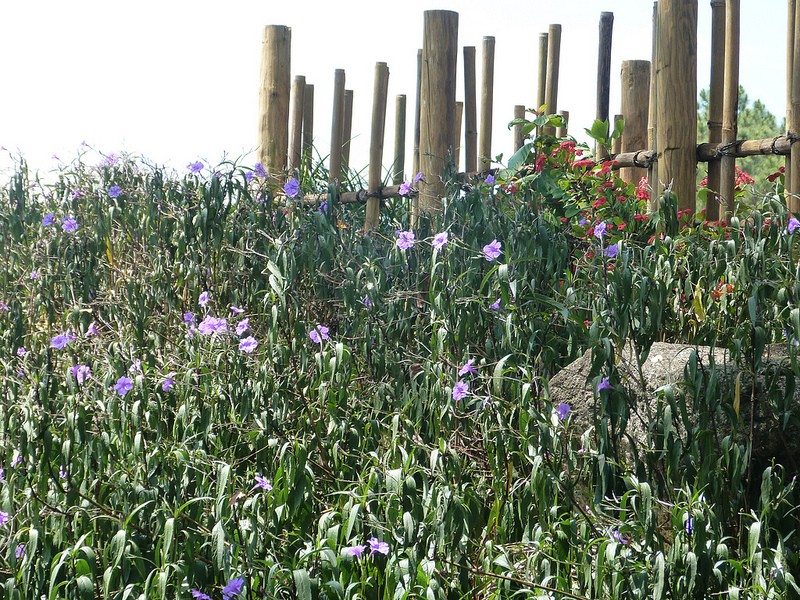 Seaside Gardening Issues: Common Issues Affecting Coastal Gardens
Seaside Gardening Issues: Common Issues Affecting Coastal GardensIssues affecting coastal gardens mainly stem from wind, salt spray, periodic storm waves, and shifting sand. In this article, we will tackle the question of how to handle problems with seaside gardening.
By Amy Grant
-
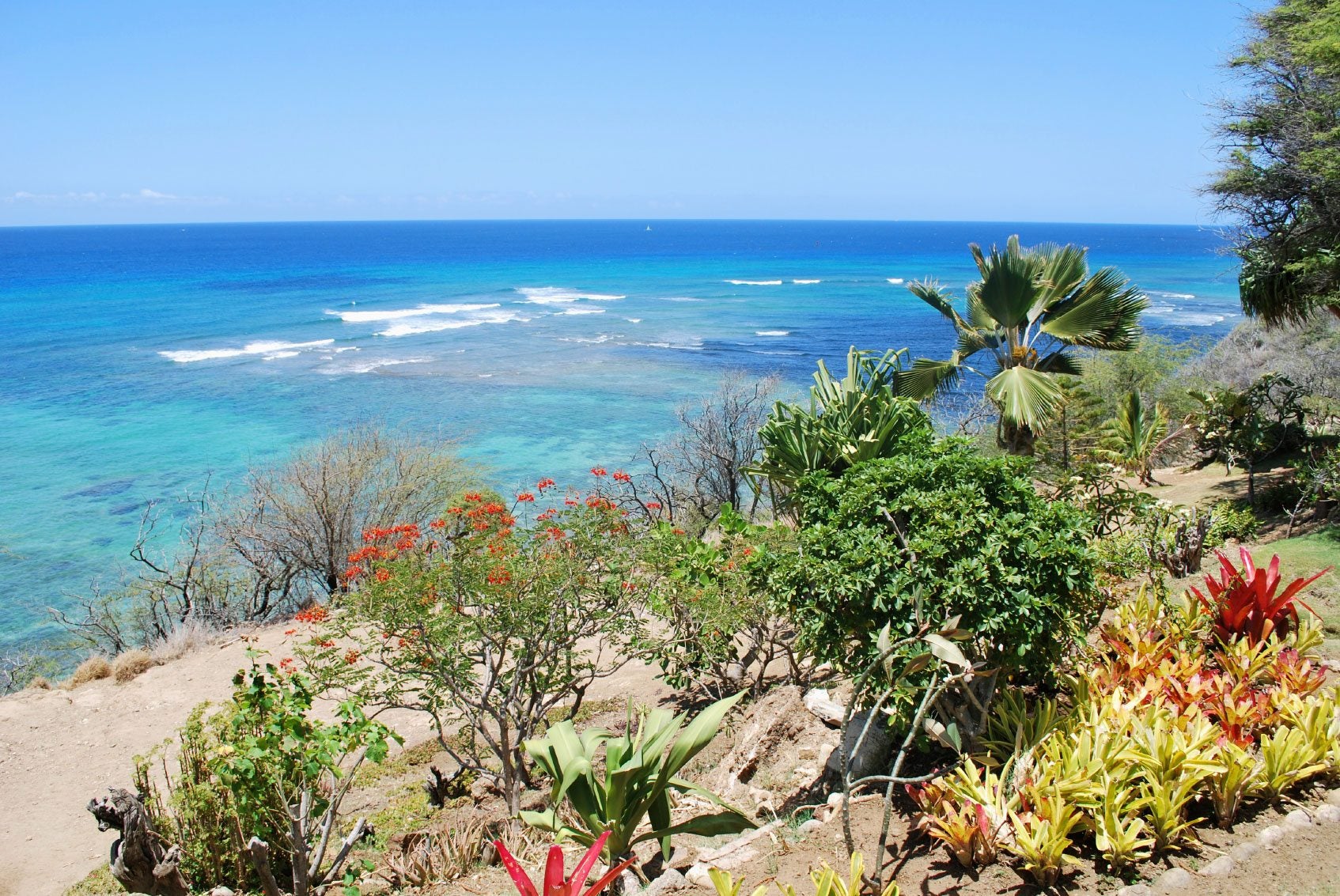 Seaside Garden Basics: Planning And Maintaining Gardens Near Ocean Fronts
Seaside Garden Basics: Planning And Maintaining Gardens Near Ocean FrontsSeaside landscaping presents unique challenges. Seaside gardens call for plants that thrive in the face of adversity. The information in this article can help when planning coastal gardens.
By Jackie Carroll
-
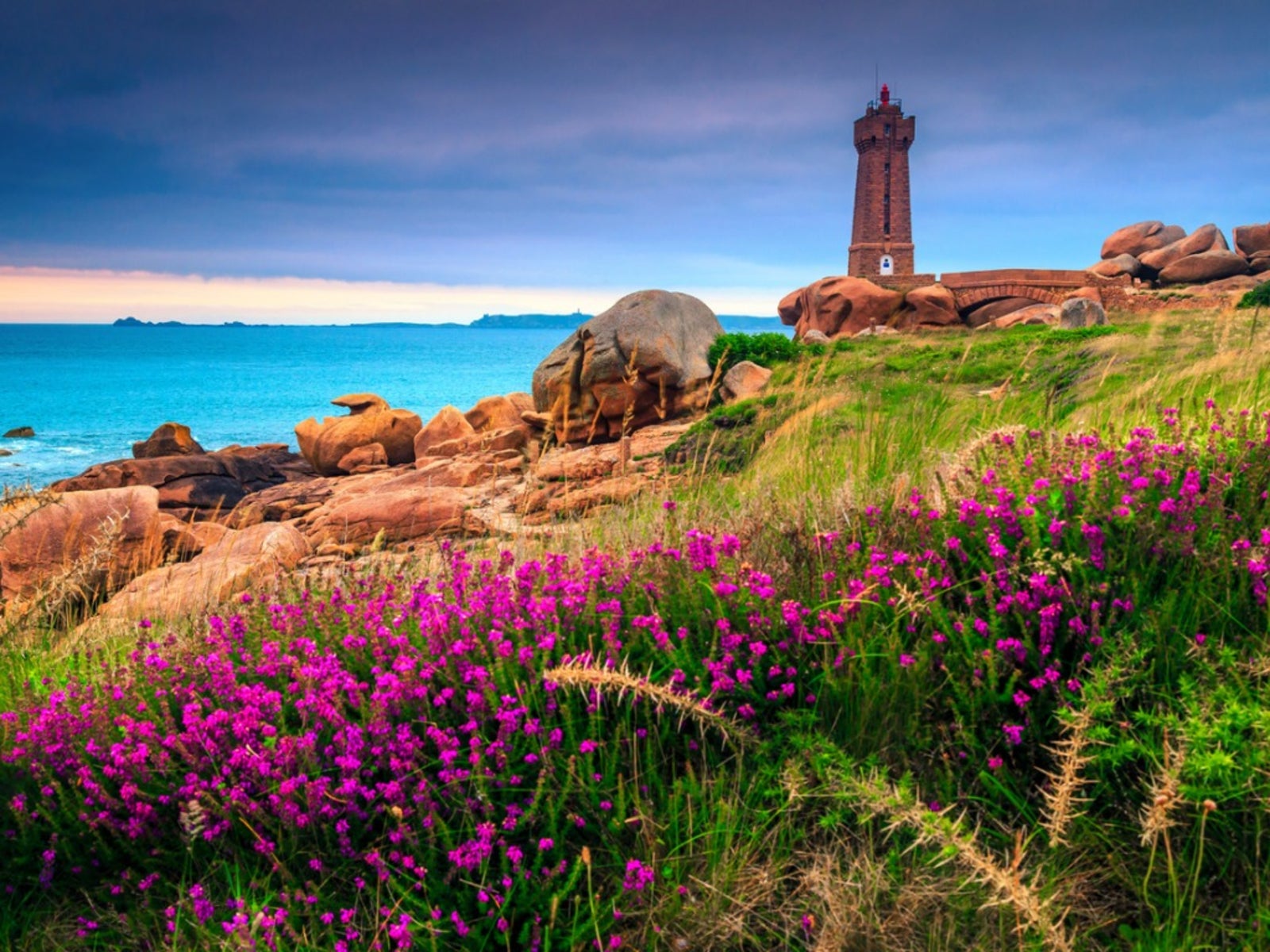 Best Seaside Garden Plants: Choosing Plants For A Seaside Garden
Best Seaside Garden Plants: Choosing Plants For A Seaside GardenIf you're lucky enough to live near the beach, you'll want great seaside plants to show off your garden. Choosing seaside plants is not difficult, once you learn what to look for, and this article can help.
By Becca Badgett
-
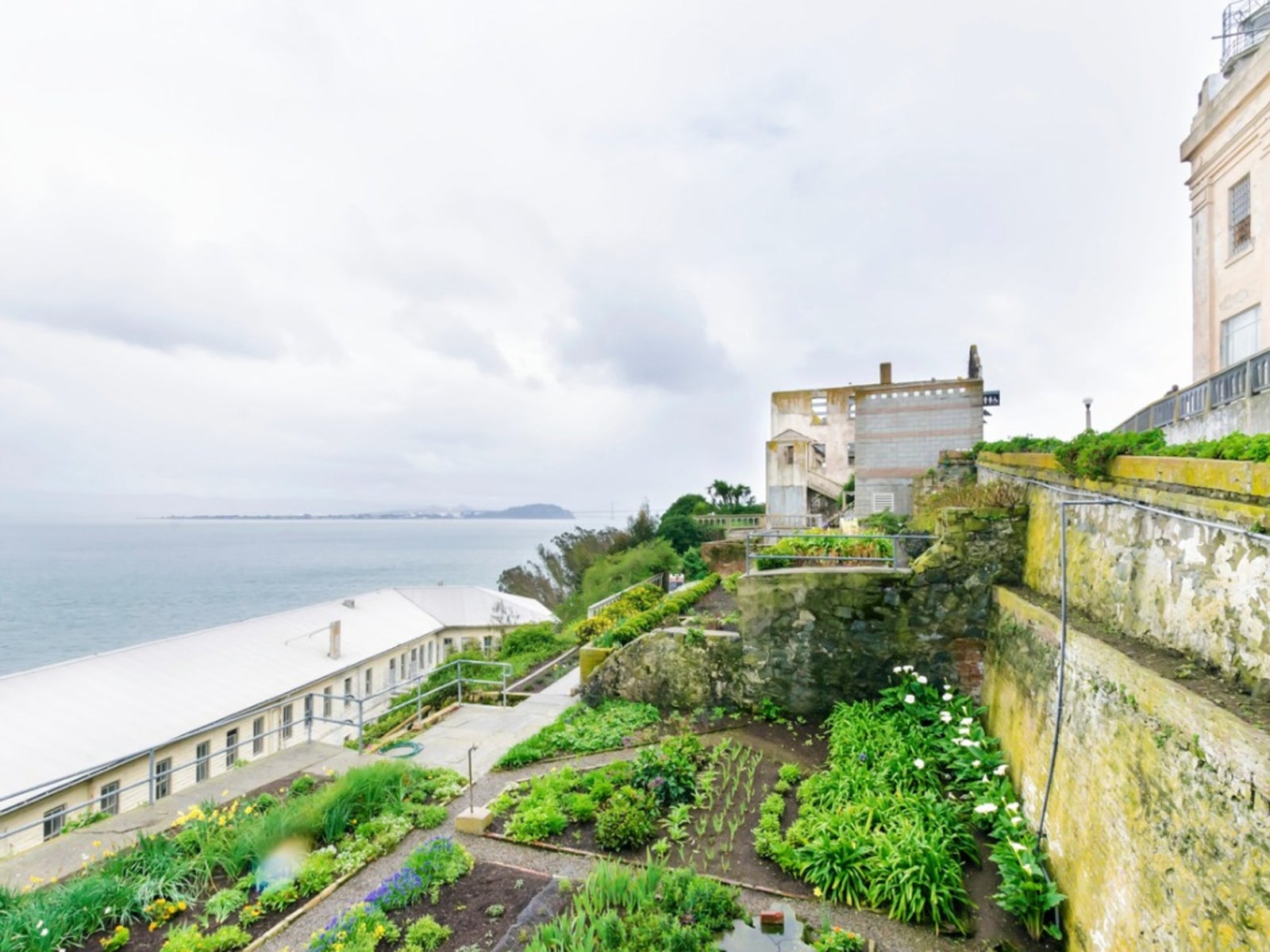 Seaside Vegetable Garden: Tips For Growing Vegetables On Coast
Seaside Vegetable Garden: Tips For Growing Vegetables On CoastMost plants have little tolerance to high levels of salt, especially vegetables. The sodium draws moisture out of the plant and it can burn roots. This article will help with growing veggies near the sea.
By Bonnie L. Grant
-
 Plants For Gardening With Salt Water Soil
Plants For Gardening With Salt Water SoilSalty soils occur when sodium builds up in the soil. Even runoff from winter salt spray can create a microclimate in need of salt resistant gardens. This article can help with choosing salt tolerant plants.
By Jackie Rhoades